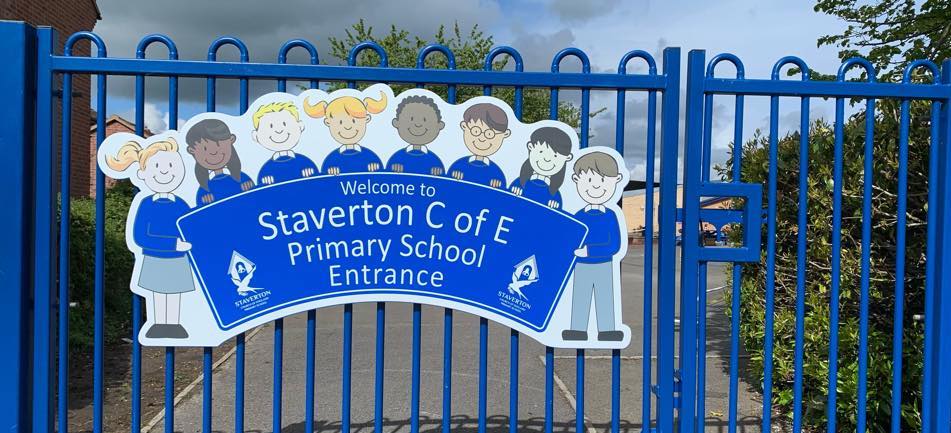Social Media
Social Media and app
Most popular social media services don’t allow anyone under 13 to join. Even so, lots of younger children manage to set up accounts. It’s hard to get reliable information on just how many underage users are on social media, but one study estimated that over a third of UK nine-to-12-year-olds have a Facebook profile.1
The 13+ limit is due to US privacy laws, not age appropriateness. It’s got nothing to do with UK law – although recently the EU passed legal changes(link is external) EU passed legal changes(link is external) which could see Europe’s minimum age rise to 16, unless member states opt out. Still, many parents don’t want their children to have underage accounts. And even if your child is over 13, you may have decided they’re not quite ready for social media. So what can you do if you find out your child has a social media account and you’d rather they didn’t?
First steps
The best way to stop your child using social media before you think they’re ready is to talk about it before they create an account. Research by the NSPCC claims that only 3% of nine year olds whose parents say they are not allowed on social media still have an account, so it’s possible that making your feelings known will be enough.2 And if your child is over 13 but you think they’re not quite ready, it’s especially important to talk to them in advance, because there’s less you can do to get rid of their profile once it’s created.
If you find out your child has joined a social media service without your permission, try to discuss it with them before taking any other action. Find out why they signed up and explain your concerns. Of course, your child might not want to delete their account – or they might not be able to. Some services (like Instagram) don’t require you to verify the email you use to sign up, so if you join with a fake or misspelled email address and then forget your password, you won’t be able to get a new one. You have to confirm your password to delete an Instagram account, so if your child doesn’t remember theirs, any pictures they’ve posted will stay up.
Reporting underage accounts
If you and your child have decided to get rid of an account but they’re not able to delete it, you might still be able to have it removed. Many social media platforms have a policy of removing accounts that are proven to be underage. Usually, this involves filling out a form with the details of the profile you want to report and the child’s actual age. In some cases you might be asked to provide proof that the child is the age you claim.
You won’t be able to have your child’s account removed if they’re over the age specified in the terms and conditions, even if they don’t have your permission to be on the site.
You can report underage accounts using this form(link is external). Facebook’s policy is to delete accounts if there is proof that the account holder is under 13 – they won’t be able to take action if they can’t be sure of the child’s age.
Many parents say Instagram is one of the most popular social media platforms with young children. You don’t have to be over a certain age to look at photos posted publicly on Instagram, but if you want to make your own account, the age limit is 13+. You can report underage Instagram accounts here(link is external).
You can report underage accounts to Twitter using the privacy form(link is external) – select ‘I want to report an underage user’s account’ and fill in the details below. You’ll also have to provide your email in case they need to follow up on your report.
YouTube
YouTube is hugely popular with children. You don’t need to be over a certain age to watch videos on the site (although very young children might be better off using YouTube Kids, which only features child-friendly videos). To comment or share your own videos you’ll need a Google account, which requires users to be 13 or older.
YouTube says that if a video is flagged (marked for review by another user) and they find out that the person who posted it registered with a fake age, they’ll remove the account. If you want to report a child’s account directly, you’ll need to fill out the form(link is external) for reporting abuse, select child endangerment, and specify that you’re reporting an underage account in the free flow description text box.
Youtube
YouTube is incredibly popular with children of all ages. YouTube Restricted Mode enables you to choose whether to limit content on YouTube that might not be against YouTube Community Guidelines but even so may be unsuitable for your children.
When you opt into YouTube Restricted Mode, mature content and age-restricted videos won’t show up in search, related videos, playlists, shows and movies.
Here’s how to do it:
- Go to the bottom of any page on YouTube. There, alongside the YouTube logo and some other boxes, is the Restricted Mode box (this was formerly called Safety Mode.)
- Click so that Restricted Mode now reads ‘on’ and click ‘Save’. If you turn it on and you have a YouTube account, you can sign in to your account and lock Restricted Mode so that no one else can change the settings whenever YouTube is accessed from that browser.
Don’t forget:
- To lock Restricted Mode you need to have a You Tube or Google account.
- You need to be 13 to have a YouTube account.
- Spend some time watching YouTube with your children and check out what they like.
- Pay particular attention to what is shown in the related video menu when your children search for their favourite videos.
